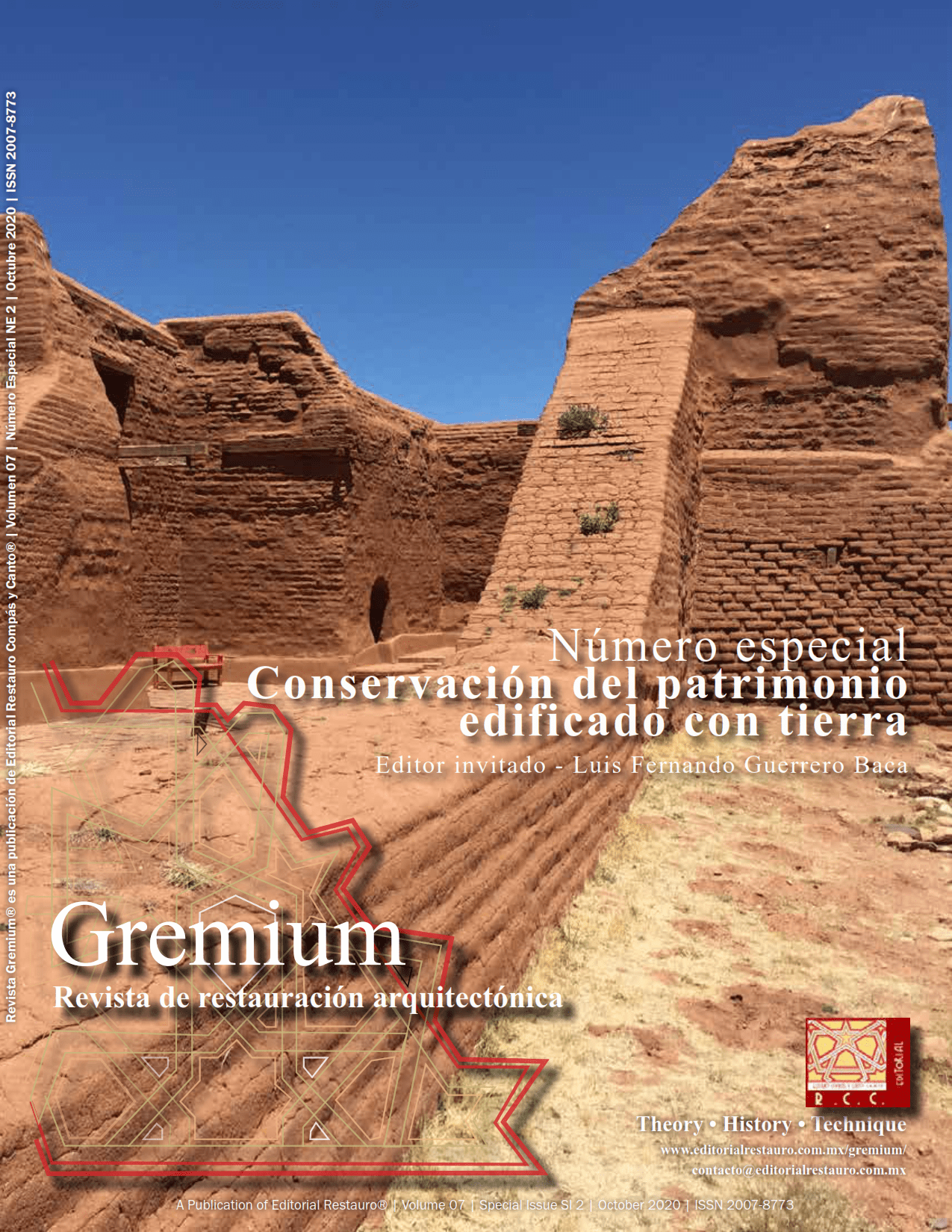Historical approach to the origins of rammed earth building in Mexico during the sixteenth century
DOI:
https://doi.org/10.56039/rgne2a04Keywords:
rammed earth, history, colonization, conservationAbstract
The building with rammed earth walls, one of the least known and studied construction systems in Mexico, has
great value for its adaptation to the passage of time in various climatic and socio-cultural conditions. However,
there are fewer and fewer examples of this historical architecture which unfortunately have been destroyed by
their own heirs who do not recognize their heritage values. Therefore, the research of its origins and development
becomes of great importance in order to contribute to the conservation processes of both its materiality and
the constructive knowledge that sustains it. The objective of this research focuses on the documentation of
the development of the construction technique in the Mexican territory from the time of the Spanish conquest.
Through analysis of historical collections and direct observation, it has been possible to approach to the
conceivable emergence and adaptation of this construction technique that was developed mainly in the states
of Puebla, Tlaxcala and Veracruz. According to written testimonies and archaeological evidence, it can be said
that the use and dissemination of this technique in the area of study originated from the sixteenth century with
the arrival of new building knowledge.
Downloads
Downloads
Published
Issue
Section
License

This work is licensed under a Creative Commons Attribution-NonCommercial-ShareAlike 4.0 International License.























